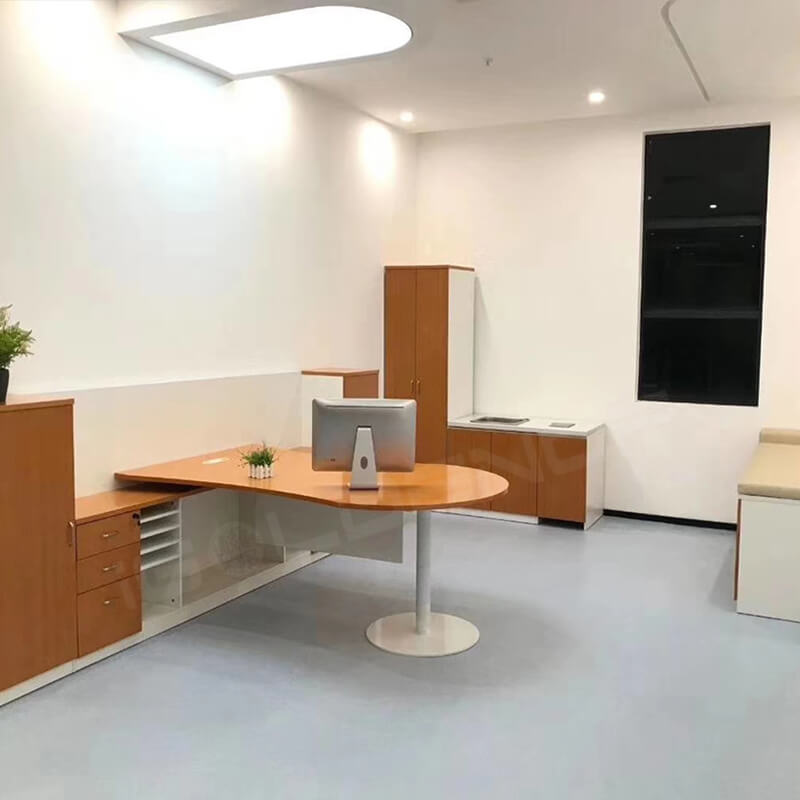Medical office furniture is more than just desks and chairs—it’s a critical component in creating a safe, efficient, and welcoming environment for patients, doctors, and staff. Whether in a hospital, clinic, or private practice, the right furniture supports workflow, promotes wellness, and reflects the professionalism of your medical facility.
Why Quality Medical Office Furniture Matters
Patient Comfort & Trust: Comfortable waiting room seating and well-designed consultation areas help put patients at ease.
Staff Productivity: Ergonomic workstations and organized storage improve efficiency and reduce fatigue.
Infection Control: Medical-grade, easy-to-clean materials help maintain high hygiene standards.
Professional Image: Modern, cohesive furniture boosts your clinic’s credibility and reputation.
Key Features of Medical Office Furniture
Ergonomics: Adjustable chairs, desks, and exam tables minimize strain and promote long-term health.
Durability: High-quality materials (e.g., stainless steel, laminate, antimicrobial upholstery) withstand heavy use.
Hygiene: Smooth, non-porous surfaces are easy to clean and disinfect.
Functionality: Modular systems, ample storage, and integrated technology support modern healthcare needs.
Aesthetics: Choose colors and designs that reflect a calm, professional, and welcoming atmosphere.
Compliance: Ensure furniture meets healthcare regulations and ADA accessibility standards.
Tips for Choosing Medical Office Furniture
Assess Your Space: Measure rooms carefully and plan traffic flow.
Prioritize Comfort: Select ergonomic chairs and supportive seating for both staff and patients.
Plan for Storage: Ensure there’s enough space for files, equipment, and personal items.
Focus on Hygiene: Pick materials that are easy to sanitize and resistant to staining.
Support Technology: Ensure desks and counters accommodate computers, monitors, and cable management.
Consider Flexibility: Modular and mobile furniture can adapt as your needs change.
Common Types of Medical Office Furniture
Reception Desks: The first point of contact—designed for functionality, privacy, and a welcoming atmosphere.
Waiting Room Chairs & Sofas: Comfortable, durable, and easy to sanitize, often modular for flexible layouts.
Doctor’s Desks & Workstations: Ergonomic designs with space for computers, paperwork, and medical equipment.
Exam Room Furniture: Includes exam tables, stools, instrument stands, and cabinets for clinical efficiency.
Storage Cabinets & Lockers: Secure storage for files, medications, and supplies.
Nurse Stations: Centralized workspaces for care coordination and documentation.
Conference & Meeting Tables: For staff collaboration, patient education, and administrative tasks.
Partitions & Privacy Screens: Create flexible, confidential zones in open spaces.
Conclusion
Investing in quality medical office furniture transforms any healthcare setting—improving patient experience, boosting staff morale, and supporting efficient care delivery. By focusing on comfort, durability, hygiene, and smart design, you create a healing space that stands out for both professionalism and warmth.
Looking for custom medical office furniture solutions? Contact us for expert advice and a full range of product options!
